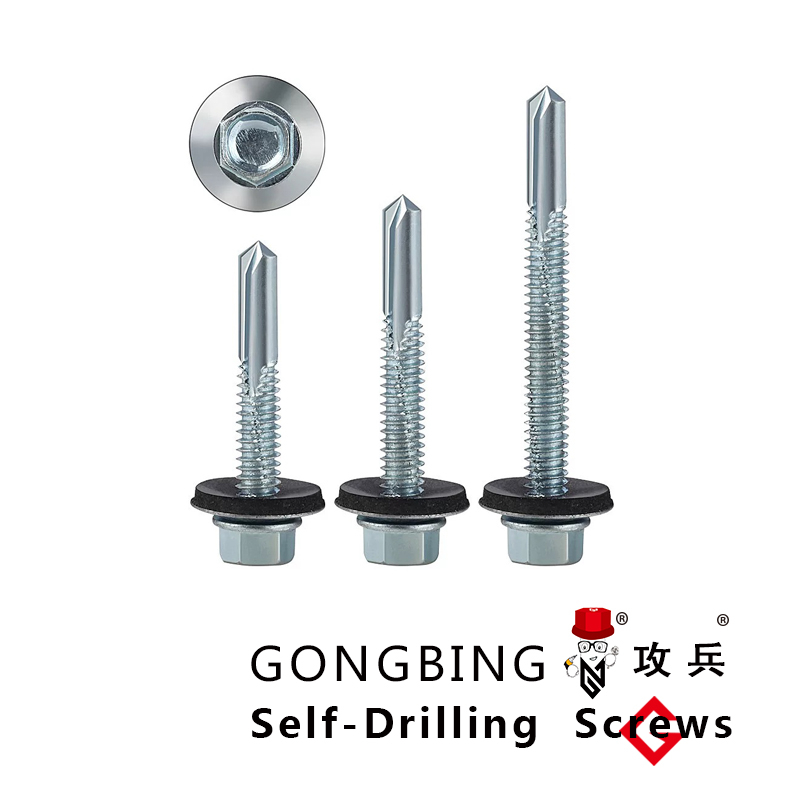Shear Strength Considerations for Steel Decking Systems in Construction Projects
Shear Studs for Steel Decking An Overview
In modern construction, the role of steel decking in the structural integrity of buildings cannot be overstated. Steel decking provides both a strong base and a composite action with concrete slabs, enhancing the overall performance of the structure. A critical component in achieving this composite action is the use of shear studs.
What are Shear Studs?
Shear studs, often referred to as headed shear studs, are steel elements welded to the top of steel beams or decks to create a connection with the concrete slab. These studs play an essential role in transferring shear forces between the concrete and the steel deck. This connection allows the composite action to occur, meaning that the concrete and steel work together as a single unit to handle loads.
Importance of Shear Studs in Steel Decking
1. Load Transfer The primary function of shear studs is to facilitate the transfer of vertical loads from the concrete slab to the steel decking and beam. This is crucial for ensuring that the entire structural system behaves cohesively under various loads, including dead loads (permanent/static loads) and live loads (temporary/dynamic loads).
2. Enhancing Structural Stability Shear studs contribute to the overall stability of a building. By anchoring the concrete to the steel deck, they significantly reduce the risk of sliding or separation under load conditions. This enhances the performance of the structure during extreme events, such as earthquakes or high winds.
3. Improved Flexural Capacity The composite action achieved through shear studs allows the combination of the tensile strength of steel and the compressive strength of concrete. This results in enhanced flexural capacity, allowing for longer spans and lighter designs, which can lead to material savings and more efficient structures.
shear stud for steel decking

4. Cost-Effectiveness Utilizing shear studs can lead to significant cost savings both in material and labor. By efficiently creating composite action, it reduces the need for additional supports and reinforcements, lowering overall construction costs. Moreover, reduced weight on the foundation can also lead to savings in foundational materials.
Design Considerations
When designing shear connections in steel decking, several factors must be taken into account
- Loading Conditions Understanding the specific loads that the structure will encounter is essential for determining the size, spacing, and number of shear studs required.
- Stud Capacity The capacity of the shear studs must be assessed based on the materials used, the welding processes, and the application standards. Compliance with relevant codes and standards, such as the American Institute of Steel Construction (AISC) guidelines, is fundamental to ensure safety and reliability.
- Placement and Spacing Proper placement and spacing of shear studs are critical to ensure effective load transfer. Designers must consider the thickness of the concrete slab and the overall geometry of the steel deck when planning stud arrangements.
Conclusion
Shear studs are a vital component in the use of steel decking for construction. They provide a reliable means of ensuring effective load transfer and composite action between steel and concrete, enhancing the structural capacity and stability of buildings. As building designs continue to evolve, the importance of shear studs in optimizing structural performance and achieving cost-effective solutions will remain paramount. Understanding their function and proper design considerations will be essential for engineers and architects involved in modern construction practices.
-
Weatherproof Plastic Expansion Anchors for OutdoorNewsJun.06,2025
-
Sustainability in the Supply Chain: Eco-Friendly TEK Screws ProductionNewsJun.06,2025
-
Load-Bearing Capacity of External Insulation FixingsNewsJun.06,2025
-
Double Head Bolts: Enhancing Efficiency in Industrial MachineryNewsJun.06,2025
-
Corrosion Resistance in Chipboard Screws: Coatings for Wholesale DurabilityNewsJun.06,2025
-
Butterfly Toggle Bolts : Enhancing Structural ResilienceNewsJun.06,2025
